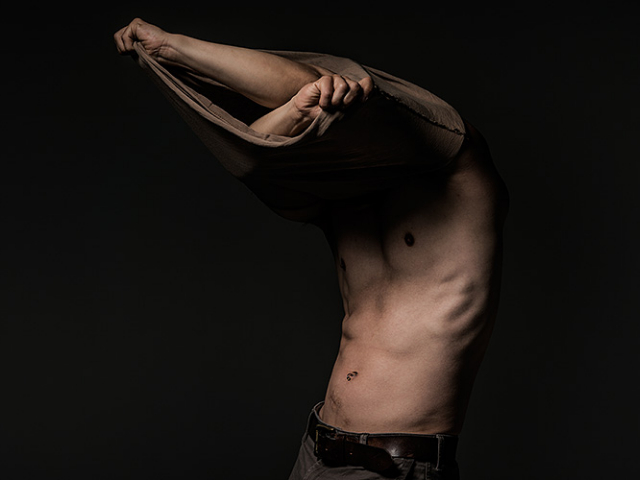The Singapore government argues that censorship of political, racial and religious issues to a certain extent is necessary to avoid upsetting the delicate balance of Singapore’s multi-racial society, which begs the question: how far is too far?

Silencing Arts
The M1 Fringe Festival controversy over two shows Naked Ladies and Undressing Room started on 22nd November 2016, when a Facebook page named ‘Singaporeans Defending Marriage and Family’ posted about the event being “pornography disguised as art”, and demanded that ministers look into and remove the offensive performances. Two weeks later, IMDA withdrew the show’s license for “excessive nudity”.
This is reminiscent of past instances of censorship of art in Singapore. In 1994, Brother Cane was performed: the actor turned his back to his audience and snipped his pubic hair and scattered it on the stage as a sign of protest against the caning of 12 men during an anti-gay operation. In the wake of this controversial “obscene act”, funding for performance art was immediately banned and restricted for the next 10 years. The ban has since been lifted, but there is still resistance against alternative forms of art.
Majority of the people who are reacting negatively are not participants of the shows. They choose to vehemently stand by their supposed moral high ground that there should be limits to art and expression, and that anything that portrays an alternative lifestyle is dangerous. Instead of promoting discussion about the definition and value of art, their resistance silences opposing viewpoints and prevents meaningful conversation from taking place. Why would a private performance be so damaging to the social fabric? Is our social fabric truly so susceptible that a private show could cause it to collapse? What does that say about the fragility of our country?
Is our social fabric truly so susceptible that a private show could cause it to collapse? What does that say about the fragility of our country?
The idea that a private show would cause the breakdown of family values and other end of the world scenarios is perplexing. The people who protested the event believed that it will “subconsciously implant into people’s mind” that “homosexual behaviour and transgenderism” are acceptable. Leaving aside the debate about whether or not that’s true, the fact is that the people who choose to participate in these events are aware of what the performance entails. They are intelligent, consenting adults who participate in the show because they want to. Despite the shows already having an adult rating, limiting their audience to those 18 and over, the protesters still believe that participants are unaware and easily impressionable. Who are they to judge someone else’s decision and choices? If the performances are not harming anyone, why must they be stopped?
After the cancellation of the two performances from the M1 Fringe Festival, many rejoiced that social order was restored. However, like many controversial things that happen in Singapore, this just temporarily silences other voices. The alternative voices will not go unheard forever.
Alternative Voices
Alternative voices come in many forms. One example can be when teenager Amos Yee made a viral YouTube video on 27 March 2015 where he cursed Christians for being “ignorant” and “delusional”. While most of his videos have extreme views and are ladled with expletives, they did not cause all Christians in Singapore to lose their minds. In fact, there were some who stood up for his freedom of speech. However, that video was the tipping point; many were angry and the public outcry began. Soon enough, he was arrested, charged and jailed. Singapore will always be known as the country that silenced a teenage boy and exiled him because we all felt offended by his words. How many offended people does it take for someone to be exiled? How necessary was it to censor him? Are we as a people really so easily offended by a teenage boy talking to a camera?
Censorship in itself is a controversial issue, and there should always be frequent debates as to how much we need to censor. By no means should words not have consequences, but as a society we should always question to what extent it is necessary. Where should we begin to draw the line on what is offensive and what is tolerable?
Where should we begin to draw the line on what is offensive and what is tolerable?
Censorship will always be an ongoing issue as year after year the censor boards will place new restrictions and lift previous bans. A good example of these changes is the approved performance of Brother Cane in 2012 at The Substation. We live in an evolving society that is constantly trying to assert what is socially acceptable content. This shows that even though we have progressed much as a country, we still have the same fears and doubts.
Rational conversation is always important on both sides of an issue. If one side is silenced, then we cannot progress as a society. We, as humans, are naturally feeling creatures, but it is important that sometimes we take a step back to think before we react.
M1’s statement can be found here.
Where do you feel we should draw the line? Have you seen censorship in action? Share your experience with us on our Facebook Page!


